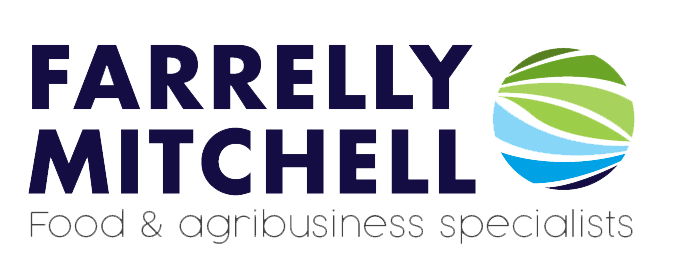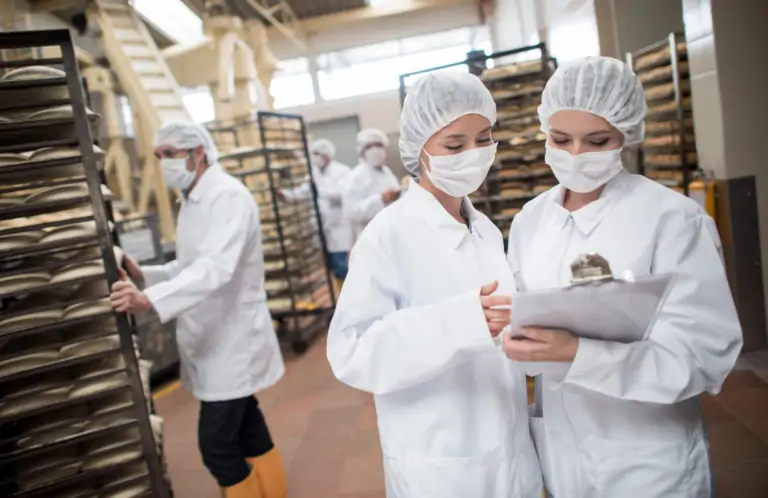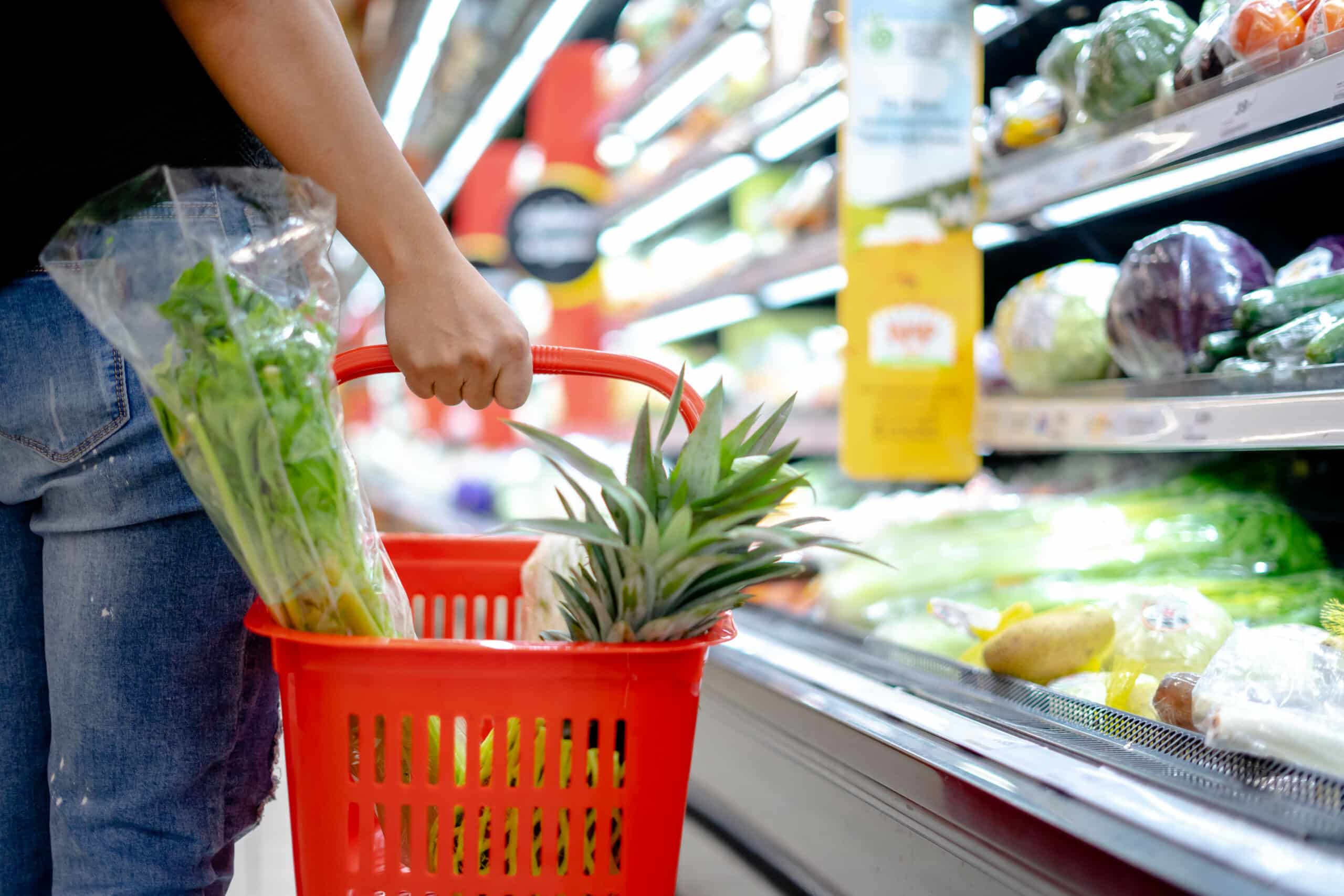The COVID-19 pandemic is a significant human tragedy with over 2.5 million lives lost so far. In addition, and very much secondary to that immense loss, the economic costs continue to mount. The IMF estimates that global GDP contracted by – 3.5% (-4.9% in advanced economies) in 2020. Last January 2020 global GDP was forecast to expand by + 3.3% in 2020. But what does it say about impact on food industry dynamics?
Employment remains well below pre-pandemic levels and the labour market has become more polarised with low-income workers, youth, and women being harder hit. The United States, for example, has 9 million fewer employed people than in February 2020.
The theory that, irrespective of economic circumstances people must eat and drink, affording the agribusiness and food industries a degree of protection during economic showdowns, has been proven correct during this economic slowdown. However, what and where people eat, and drink has provided the most interesting aspect for the sector.
Dynamic changes to consumer behaviour
The last 12 months has seen major changes in the daily lives of consumers across the globe, with purchasing and consumption behaviours significantly disrupted, leading to a much more dynamic marketplace. At-home consumption has been elevated, as consumers adapted to changes in daily routines and work practices. The foodservice channel has been significantly impacted due to restrictions on operations and consumer mobility, leading to increased demand for online and delivery.
To understand how companies have been affected by the COVID-19 pandemic and their expectations of the impacts on their businesses’ prospects our analysts surveyed recent trading updates and annual reports of some bellwether agri-food companies.
Assessing the future of the food industry
The COVID-19 pandemic has redefined the global agri-food landscape, introducing significant shifts in consumer behaviour and presenting unprecedented challenges to the food industry. As companies navigate these turbulent times, the importance of resilience, adaptability, and strategic foresight has never been more critical.
At Farrelly Mitchell, our expertise in market intelligence & insights, consumer behaviour analysis, and strategy & execution enables us to equip our clients with the knowledge and tools necessary to pivot and thrive in complex market environments. We help position companies in the foodservice, retail, sales and distribution industries to capitalise on the accelerated shift towards online and delivery-based consumer models. By partnering with us, our clients can enhance their resilience, adapt their strategies to meet evolving consumer demands, and seize new opportunities in the post-pandemic world.














